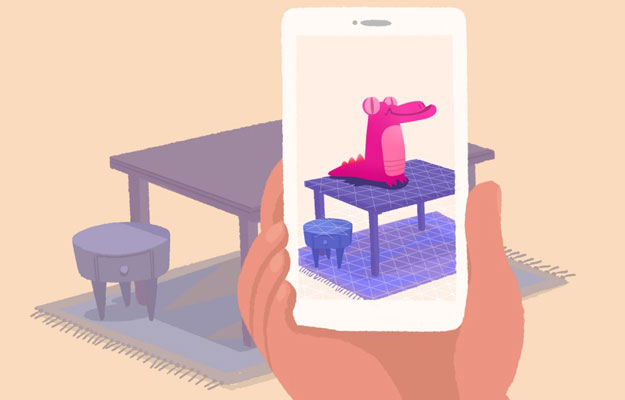Google ARCore Takes Center Stage As Project Tango AR Platform Heads For Retirement

Google announced that it is closing the door on Project Tango, the augmented reality platform it introduced in 2014 in effort to bring AR experiences to mobile devices, particularly smartphones. Though as the saying goes, when one door closes another one opens. That is the case here as well—in place of Tango, Google is going forward with ARCore, an AR system it introduced this past August.
The announcement came on Twitter, by way of the Tango team (@projecttango). The post briefly explains that support for Tango will end on March 1, 2018, while thanking developers for supporting the project over the past three years.
We’re turning down support for Tango on March 1, 2018. Thank you to our incredible community of developers who made such progress with Tango over the last three years. We look forward to continuing the journey with you on ARCore. https://t.co/aYiSUkgyie
— Tango (@projecttango) December 15, 2017
While the dance with Tango is coming to an end, it just getting started with ARCore, which will carry the AR torch for Google. Unlike Tango, ARCore does not required custom hardware, such as IR depth sensors and RGB cameras. Google designed ARCore to run on regular (albeit higher-end) Android smartphones running Nougat or later.
"ARCore's motion tracking technology uses the phone's camera to identify interesting points, called features, and tracks how those points move over time. With a combination of the movement of these points and readings from the phone's inertial sensors, ARCore determines both the position and orientation of the phone as it moves through space," Google explains.
ARCore can also detect flat surfaces, such as a table, and estimate the average lighting in the area around it. When combining these various abilities, ARCore essentially "understands" the world around it. To use a couple of Google's examples, users can then place a napping kitten on the corner of a coffee table, or annotate a painting with biographical information about the artists.

